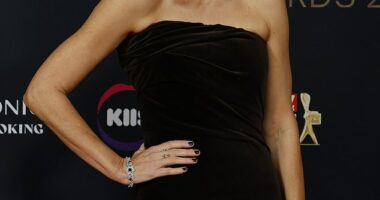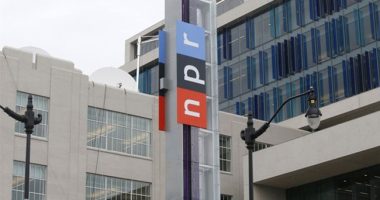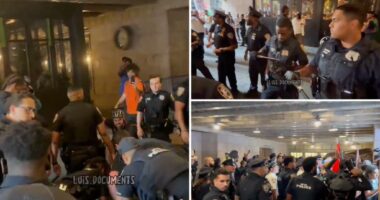The improved performance came despite disruptions from COVID-19 lockdowns since the previous Australian Council for Educational Research study, and as year 8 students continued to plateau, failing to record any significant improvements across almost 20 years.

Across the board, Australian boys scored higher than their female colleagues on the 2023 Trends in International Mathematics and Science Study, which tested almost 14,000 year 4 and 8 students from 559 Australian schools.
The gap – a common feature since the test’s first edition — was most pronounced among year 4 boys in maths, where they held a 23-point advantage over the girls, equal largest alongside France among 58 countries.
Lead author Nicole Wernert said the gender gap on the quadrennial test was “disappointing”.
“Previous international assessments have shown girls have less confidence than boys in maths. We also know a students’ self-belief is linked to their achievement,” she wrote, in The Conversation.
“So we’ll be looking at the student questionnaire responses over the coming months to see if there are any gender differences in attitudes and beliefs about science and maths.”
The gap between boys and girls was among the largest in the world for all cohorts but it was smallest for year 4 science (10 points).

However, Wernert praised the overall improvement in STEM results by the younger students.
In science, only four countries outperformed Australia in year 4 and seven in year 8, while eight countries beat Australia’s year 8s in Maths and 14 bettered the year 4 results.
“These are really positive results for our year 4 students, particularly since their first years of school were disrupted by COVID-19,” she said.
“It also reflects well on teachers and parents that young students were so engaged with their learning in challenging circumstances.”
The results suggested efforts to promote STEM in early education were starting to work.
“We might see this flow through to the middle years when TIMSS is next tested in 2027,” the ACER national surveys program research fellow said.
“This is when the Year 4 group from 2023 will be in Year 8.”

Australia in global top 10 for schools despite long-term slide
The improvements were mostly driven by a larger proportion of “very high-performing students” as opposed to a consistent jump in results among everybody.
Results varied significantly from state to state, with the Australian Capital Territory among the best performers in both age groups and subjects, joined by NSW and Western Australia in three out of four.
First Nations students continued to perform worse than their non-Indigenous colleagues but showed a larger improvement than others in year 4 science.
Internationally, Singapore again dominated across the board, followed in most categories by Taiwan and Korea.








